The observer alters what he sees!
Some events happen only because they are observed, if there was nobody to see them they would not exist. This is the very meaning of the experience known as "Schrödinger cat".
In 1935 the physicist Erwin Schrodinger devised an experiment with a cat in the real world, boxed and sealed opaque. In this box a device kills the animal when it detects the decay of a radioactive atom of the quantum world. In the quantum world a radioactive atom such as a uranium atom can exist in two superposed states: intact and disintegrated. This superposition state ceases immediately when there is observation, then we say that there is decoherence when a system A and B becomes an A or B.
If the probabilities indicate that disintegration has an even chance of having occurred after one minute, quantum mechanics states that, as compliance is not made, the atom is simultaneously in two states: intact and disintegrated. But the diabolical mechanism, devised by Erwin Schrödinger cat state binds to the status of radioactive particles, so the cat would be simultaneously in two states (the state of live and dead) to the opening the box. | | As the observation triggers the choice between the two states, we simply can not tell if the cat is dead or not after a minute.
Our brain is not ready to accept this kind of situation for a macroscopic object in the real world as a particle, our mind accepts design the wave function What follows. Historically, the wave function was introduced by Louis de Broglie in his thesis in 1924.
Its name reflects the fact that it gives every particle, the interference properties of a wave, generalized wave-particle duality of light introduced by Max Planck. This situation is not feasible a pure thought experiment because you can never be measured, that the cat is both dead and alive, is to try to determine its state necessarily causes the collapse of the wave function, inseparable two distinct states.
These statements are conceivable bunk when systems are defined by wave functions. But as regards the Schrödinger cat, our mind refuses to admit that until the box is not open, and we did not find the condition of the cat, the cat is neither dead nor alive.
The mystery of the Universe may be described in the depths of the atom. | | 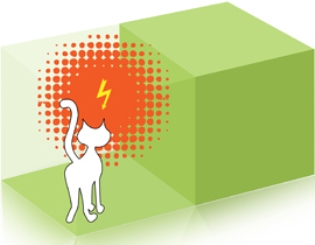 Image: Illustration © Mylène Simoès, Art Director.
Where does the choice of cat for this thought experiment? Maybe this is a reference from Schrödinger cat Cheshire. |
The Cheshire Cat is a fictional character that we see in Alice in Wonderland by Lewis Carroll.
Malin and philosopher, it escapes to order beheading of the Queen of heart by making its transparent body. The cat appears and disappears so sublime, creating fun at Alice.
The cat sometimes puts its foot on philosophical issues that interfere with Alice. At one point in history, the cat disappears completely until it is left of him was his smile. This tale is a delight when the absurdity follows a rigorous logic. The characters are unforgettable as the White Rabbit, March Hare, the Hatter, the Queen of Heart, but especially the Cheshire Cat. This cat is one of the few characters that Alice meets, which seems reasonable. Yet it describes himself as crazy as opposed to the dog growls when it is happy and wags its tail when it is angry. | | This is also the paradox of Alice in Wonderland, proved to be fools think normal and the few that are supposed to believe themselves crazy. Image: The Cheshire Cat and his strange feature, click on the image of the cat to watch the video on facebook.
The Cheshire Cat, in Alice au Pays des Merveilles (1865) | | 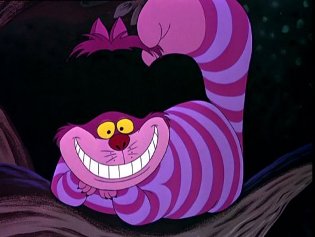 |
Quantum theory describes the microscopic world of objects differently than macroscopic objects, i.e. our scale in the classical world.
For example, in the classical world, the position and speed of a car, are well defined.
In the quantum world, it is impossible to know simultaneously and precisely the position of a particle and its speed. Experts call the Heisenberg inequality set in 1927 by German physicist Karl Werner Heisenberg. In quantum mechanics, it is not possible to know exactly the value of a parameter without measuring it. The mathematical theory describes a state not by a torque, speed and position precisely, but by a wave function that calculates the probability of finding the particle at one point. Hence the probabilistic nature of quantum mechanics who predicted that particles are waves and not only material points. Therefore it can be in two places at once. Imagine the state of a particle is fully described by its color, which may take only two values, red or blue. In our world, the two colors, so both states are perfectly distinguishable. In the world of quantum states that are both red and blue exist.
| | Only observation reveals the property red or blue system. Without it, the object has two properties. That is why a quantum system must be described generally without separating an object from another, although they may be spatially separated.
This is called entangled state. Entanglement (Latin intricare, confuse) means in ordinary language "entanglement", Quantum entanglement means that any set of quantum objects can be put in a superposition of states.
Each of these statements describes several objects at once, whose properties are linked.
If the object 1 is in a certain state, it partly determines the state of the object 2.
Even if they are separated by large spatial distances, the two systems are not independent and must be considered {S1 + S2} as a single system.
Quantum mechanics explains the existence of matter, is for scientists, the greatest intellectual adventure of the 20th century. | | 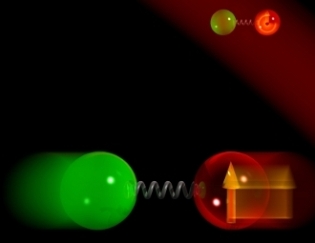 Image: Researchers have managed to entangle the vibrations of two pairs of ions. This strange relationship that is quantum entanglement, is shown in this image. Ions are as interconnected by a spring and each pair oscillates (John Jost and Jason Amini). |
 Automatic translation
Automatic translation





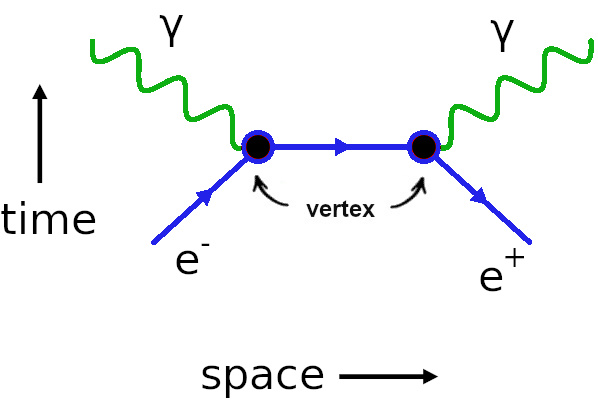 Feynman diagrams and particle physics
Feynman diagrams and particle physics
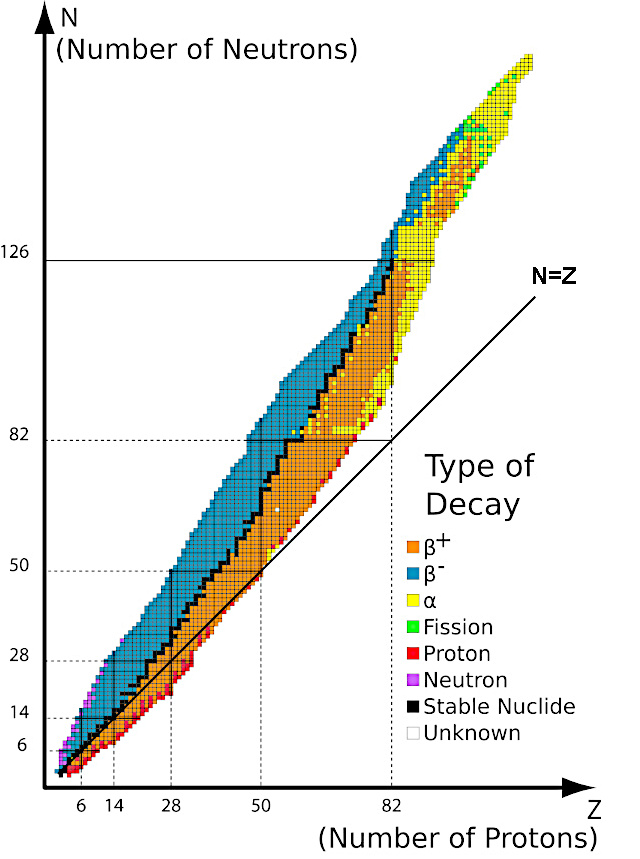 Stars cannot create elements heavier than iron because of the nuclear instability barrier
Stars cannot create elements heavier than iron because of the nuclear instability barrier
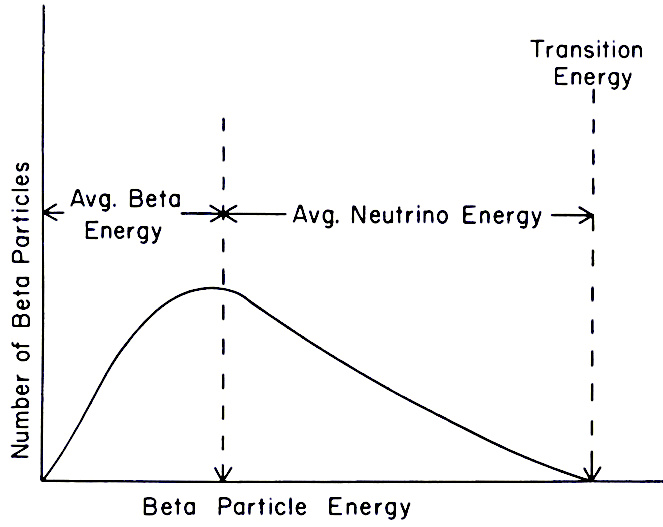 What is β radioactivity?
What is β radioactivity?
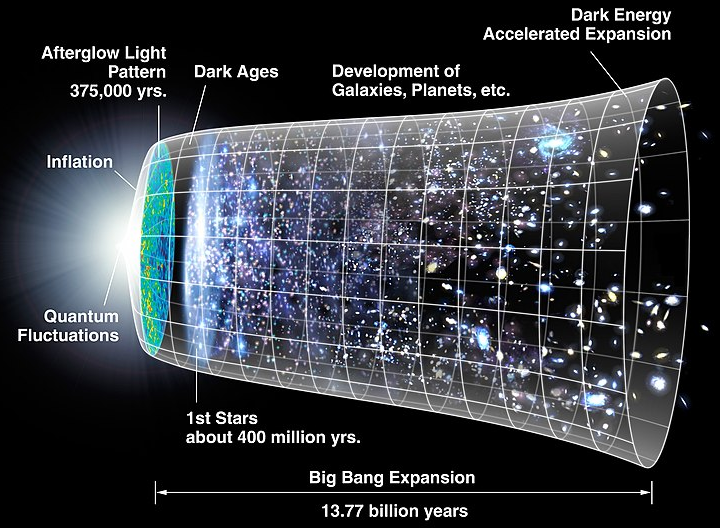 Planck wall theory
Planck wall theory
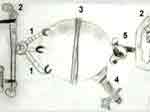 Is emptiness really empty?
Is emptiness really empty?
 The Large Hadron Collider
The Large Hadron Collider
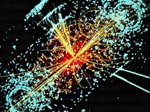 The hadron is not a fixed object
The hadron is not a fixed object
 Radioactivity, natural and artificial
Radioactivity, natural and artificial
 The scale of nanoparticles
The scale of nanoparticles
 Schrodinger's Cat
Schrodinger's Cat
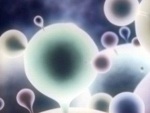 Before the big bang the multiverse
Before the big bang the multiverse
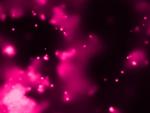 Eternal inflation
Eternal inflation
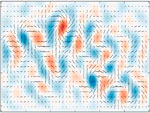 Gravitational waves
Gravitational waves
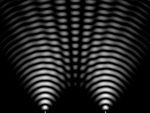 Principle of absorption and emission of a photon
Principle of absorption and emission of a photon
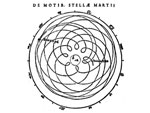 Beyond our senses
Beyond our senses
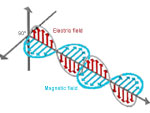 What is a wave?
What is a wave?
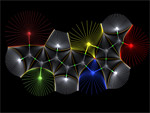 The fields of reality: what is a field?
The fields of reality: what is a field?
 Space in time
Space in time
 Quantum computers
Quantum computers
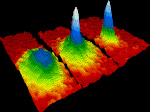 Bose-Einstein condensate
Bose-Einstein condensate
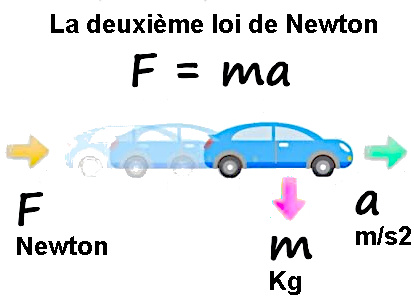 Equation of Newton's three laws
Equation of Newton's three laws
 Field concept in physics
Field concept in physics
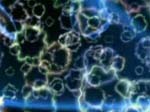 The electron, a kind of electrical point
The electron, a kind of electrical point
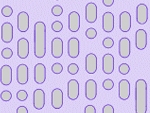 Entropy and disorder
Entropy and disorder
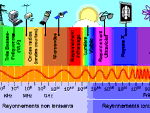 Light, all the light of the spectrum
Light, all the light of the spectrum
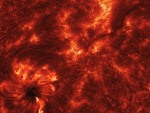 The infernal journey of the photon
The infernal journey of the photon
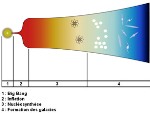 Mystery of the Big Bang, the problem of the horizon
Mystery of the Big Bang, the problem of the horizon
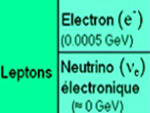 The neutrino and beta radioactivity
The neutrino and beta radioactivity
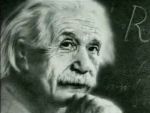 Einstein's space time
Einstein's space time
 The incredible precision of the second
The incredible precision of the second
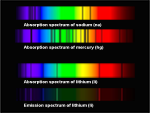 Why does physics have constants?
Why does physics have constants?
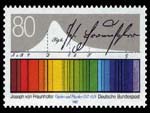 Spectroscopy, an inexhaustible source of information
Spectroscopy, an inexhaustible source of information
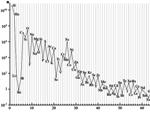 Abundance of chemical elements in the universe
Abundance of chemical elements in the universe
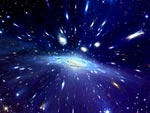 Effects of light aberration
Effects of light aberration
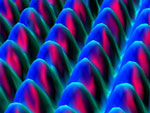 The size of atoms
The size of atoms
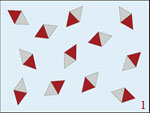 The magnetic order and magnetization
The magnetic order and magnetization
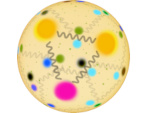 The quark confinement
The quark confinement
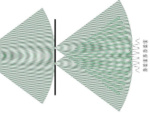 Superpositions of quantum states
Superpositions of quantum states
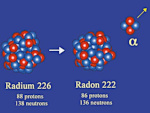 Alpha decay (α)
Alpha decay (α)
 Electromagnetic induction equation
Electromagnetic induction equation
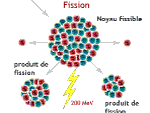 Nuclear fusion, natural energy source
Nuclear fusion, natural energy source
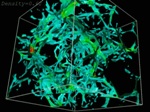 Does dark matter exist?
Does dark matter exist?
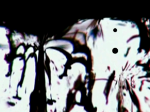 Non-baryonic matter
Non-baryonic matter
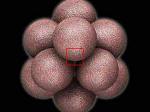 The mystery of the structure of the atom
The mystery of the structure of the atom
 The mystery of matter, where mass comes from
The mystery of matter, where mass comes from
 Nuclear energy and uranium
Nuclear energy and uranium
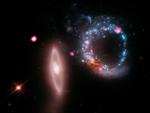 The Universe of X-rays
The Universe of X-rays
 How many photons to heat a coffee?
How many photons to heat a coffee?
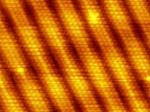 Image of gold atom, scanning tunneling microscope
Image of gold atom, scanning tunneling microscope
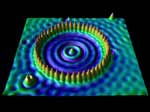 Quantum tunneling of quantum mechanics
Quantum tunneling of quantum mechanics
 Entropy and its effects, the passage of time
Entropy and its effects, the passage of time
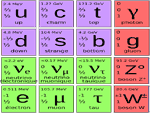 The 12 particles of matter
The 12 particles of matter
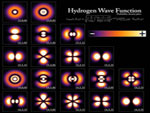 The atomic orbital or image atom
The atomic orbital or image atom
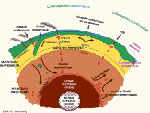 Earth's radioactivity
Earth's radioactivity
 The Leap Second
The Leap Second
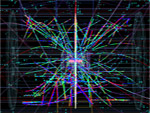 The vacuum has considerable energy
The vacuum has considerable energy
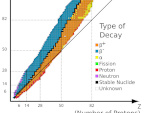 The valley of stability of atomic nuclei
The valley of stability of atomic nuclei
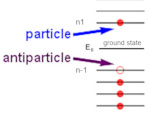 Antimatter and antiparticle
Antimatter and antiparticle
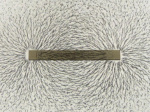 What is an electric charge?
What is an electric charge?
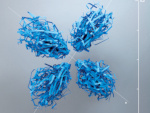 Our matter is not quantum!
Our matter is not quantum!
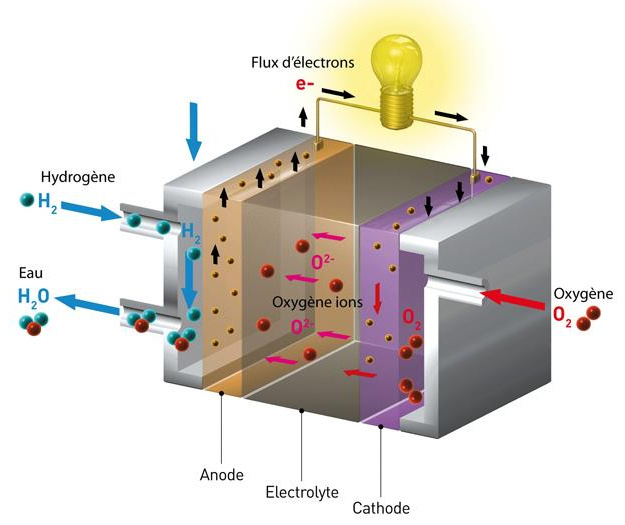 Why use hydrogen in the fuel cell?
Why use hydrogen in the fuel cell?
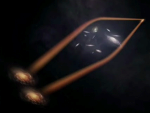 The secrets of gravity
The secrets of gravity
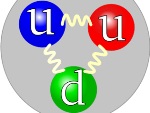 E=mc2 explains the mass of the proton
E=mc2 explains the mass of the proton
 Image of gravity since Albert Einstein
Image of gravity since Albert Einstein
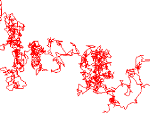 Einstein's miraculous year: 1905
Einstein's miraculous year: 1905
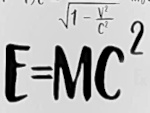 What does the equation E=mc2 really mean?
What does the equation E=mc2 really mean?
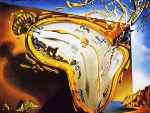 Special relativity and space and time
Special relativity and space and time